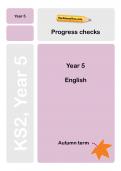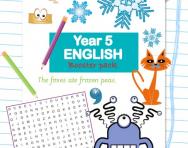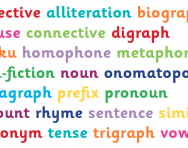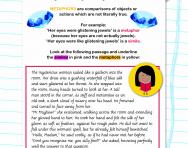Year 5 English Progress checks
Our Y5 English Progress checks, prepared by a KS2 teacher, have been written to help you understand where your child might need extra support and practice to help boost their confidence with literacy skills.
The tests cover spelling, grammar, punctuation, handwriting and text-level work.

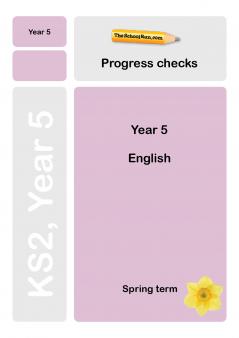
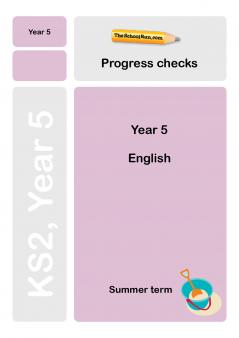
The Progress checks are designed to follow TheSchoolRun's Learning Journey for that particular term. Please note: they cannot and will not necessarily follow what your child’s teacher is doing at school this week / term, as teachers tend to choose to cover objectives in an order that they feel suits their class. Therefore, don’t worry if your child cannot complete certain questions; the point of the Progress checks is to help parents identify where children might need extra help and practice.
Y5 English objectives explained
By the end of the school year children should be confident with the following:
Y5 reading
- continuing to read an increasingly wide range of fiction, poetry, plays and non-fiction texts
- reading fiction texts, both modern and old and from other cultures and traditions
- preparing poems and plays to read aloud and to perform showing understanding through intonation and volume
- in reading comprehension, inferring characters' feelings from their actions and justifying inferences with evidence from the text
- discussing how authors use figurative language
- distinguishing between fact and opinion
Y5 writing
- using further prefixes and suffixes when spelling words and understand the guidance for adding them
- spelling some words with silent letters
- learning the correct spelling of more difficult homophones (words which sound the same but are spelt differently)
- using a dictionary and a thesaurus
- using adverbs and adverbials to explain how something is being done
- writing with neat, legible handwriting; write with increasing speed
- using brackets, dashes or commas to indicate parenthesis
- using commas to clarify meaning or avoid ambiguity
- learning to select appropriate grammar and vocabulary
- describing settings, characters and atmosphere in narratives and integrate dialogue
- carefully structuring texts with a range of organisational devices, including time connectives, paragraphs, headings, bullet points, underlining.
- assessing and improving the effectiveness of their writing
For more information about what your child learns in Year 5 English read our parents' guide; you can also browse all our Y5 English worksheets or follow our Learning Journey for Y5 English.
